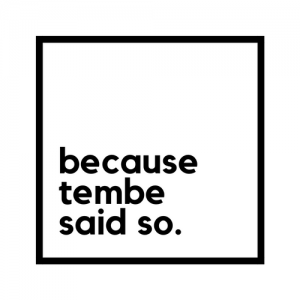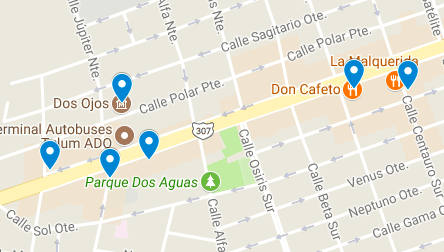For my Unessay, my plan is to investigate the concept of authority and the power of the influencer as well as who the influencer was, what she is now, and who I predict she will become. I will also discuss Instagram + Twitter and the way the platform has amplified the voices of those who were previously unheard of as well as created a new, innovative form of marketing.
I want to investigate this topic because as an editor, my job involves talking to and engaging with talent regularly. I experience the levels of access they have to services and experiences and ten, even five years ago, that wouldn’t be the case. For example — backstage at runway shows is reserved for editors and press, the primary function being to interview the lead artists and get quotes for our stories. This year, at the F/W ’18 show, I saw some top level influencers backstage at Wang. I was confused more than anything else — mainly because I wasn’t exactly sure what their purpose was…

That small thing signaled (at least to me) that change had happened in the industry and would continue to happen. A week or so later, we see major long time editors stepping away from some of the biggest publications in the world. Gone are the days of the celebrity editors — people barely bat an eyelid when Anna Wintour enters a room anymore, especially if Kylie Jenner is anywhere in the vicinity. I’ve seen this trend happen in fashion so I’m curious to see if it will extend into academia.
Discourse has already become preoccupied with the aesthetics of the blogger so for now there’s a distance between the academic and the influencer but will this change? The need for social presence and social cache is increasing, evidenced by celebrity authors like J.K. Rowling and Chimamanda Ngozi Adichie or celebrity schoolteachers. I follow one young lady in particular (@valencia_valencia) who is a teacher/professor who tapes herself giving lectures and talking to her students. She currently had 40K followers and will most likely continue to grow her following. By displaying her talents this way, does this put her in a better position to access opportunities in academia? Or is it still happening in a more traditional format?
My project will most likely be in a website format even though I’m still in the beginning stages of how to best present this information. My question for you all is:
What do you think is the most compelling way to display this information?
How would you all want to see this take shape?











